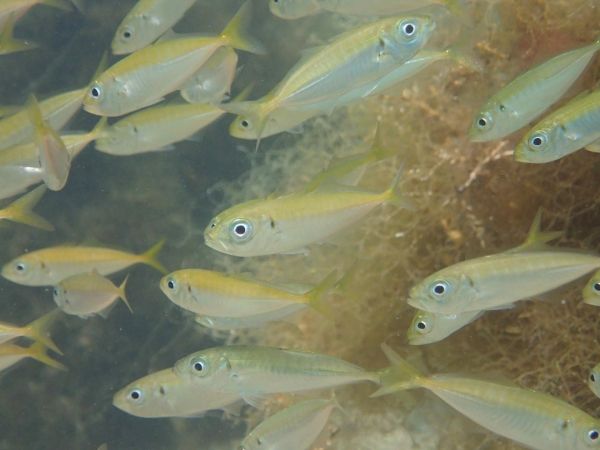River water, lake water, and seawater contain DNA belonging to organisms such as animals and plants. Ecologists have begun to actively analyze such DNA molecules, called environmental DNA, to assess the distribution of macro-organisms. Challenges yet remain, however, in quantitative applications of environmental DNA.
In a research article published online in Molecular Ecology, researchers from the National Institute for Environmental Studies, Tohoku University, Shimane University, Kyoto University, Hokkaido University, and Kobe University, have reported a new method for estimating population abundance of fish species (or more generally, a target aquatic species), by means of measuring concentration of environmental DNA in the water. Their results suggest the potential of the proposed approach for quantitative, non-invasive monitoring of aquatic ecosystems.
DNA molecules are released from organisms present, are transported by the flow of water, and are eventually degraded. In a natural environment, these processes can operate in a complex way.
Read more at: National Institute for Environmental Studies
Researchers "counted" Japanese jack mackerel (Trachurus japonicus) in Maizuru Bay, Japan, through quantitative measurements of environmental DNA concentration. Photo credit: Reiji Masuda, Kyoto University. (Photo Credit: Reiji Masuda)


